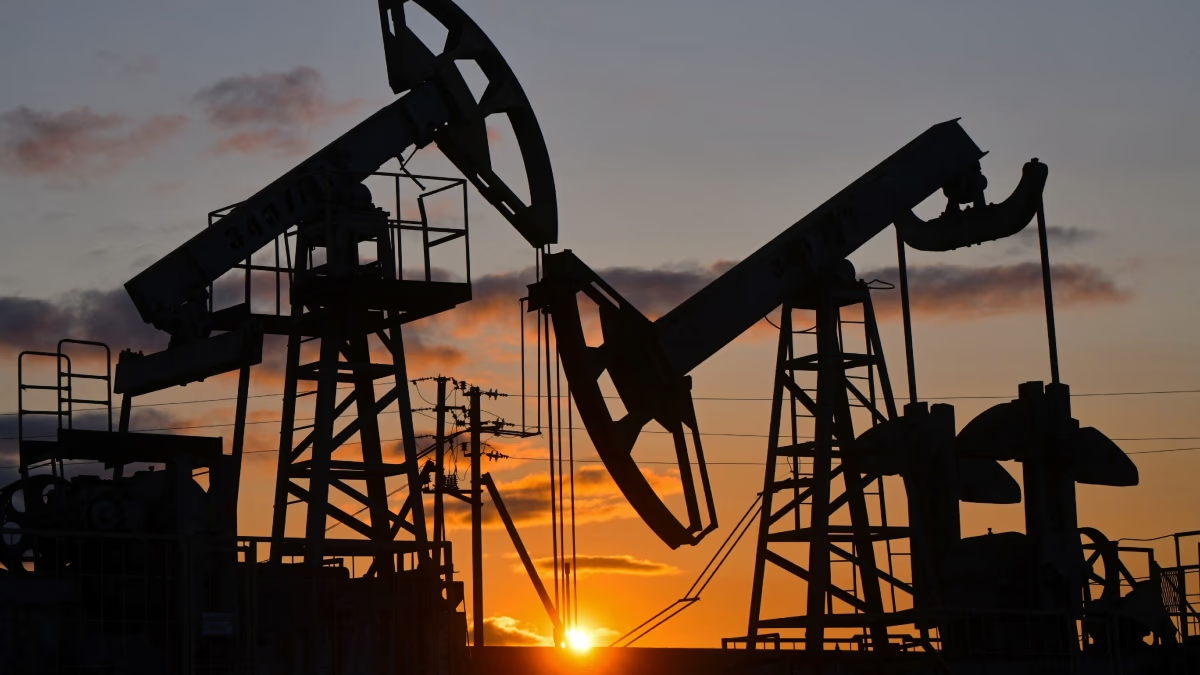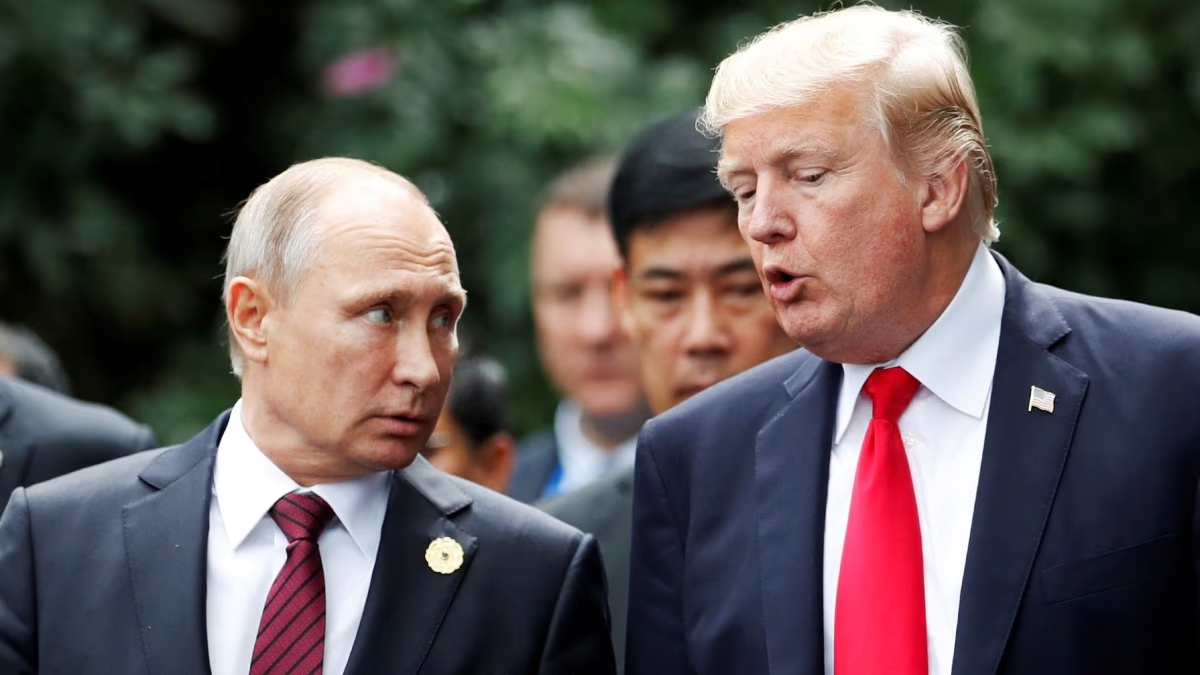U.S. President Donald Trump is exerting all-round pressure on Russia regarding the Ukraine-Russia War. He has recently positioned two nuclear submarines near Russia, escalating tensions between the two nations. Last Wednesday, Trump announced tariffs and penalties on India, as the country continues to import crude oil and weapons from Russia, something Trump wants them to halt.
Furthermore, Trump is poised to implement extensive sanctions on Russia, which experts predict could drive crude oil prices upward. Prices might reach up to $120 per barrel.
Oil market experts informed ANI that due to increasing geopolitical tensions, particularly surrounding the Ukraine conflict, Trump's warnings to Russia could disrupt oil supply, with potential long-term effects.
Crude Oil Price Predictions for September-October?
Ventura's commodities and CRM head, N.S. Ramaswamy, forecasted Brent oil prices to target $76 per barrel by October 2025, potentially reaching $82 by year's end unless significant drops occur. WTI crude is anticipated to rise from $69.65 to $76-79 by September 2025.
Experts indicated that concerns arise from Trump's plan for new sanctions on nations trading with Russia and the imposition of 100% tariffs, directly impacting countries buying Russian oil.

Source: aajtak
Impact on India?
Senior energy expert Narendra Taneja highlighted that Russia exports approximately 5 million barrels of oil daily into the global economy. A disruption could push crude oil prices to $100-$120 per barrel. With India importing 35-40% of its oil from Russia, rising prices would impact the country. Although India sources from over 40 countries, potentially mitigating supply shortages, consumer prices could increase.
India's refineries rely on discounted Russian oil, helping stabilize domestic inflation rates since 2022. If Indian companies continue importing post-sanctions, they may face penalties and high tariffs, making various goods more expensive.
Which Items Could Become Expensive?
Fuel prices, particularly for petrol, diesel, and LPG, will likely rise first.
Costs of vegetables, fruits, milk, and food items may increase as higher crude oil prices escalate transportation costs.
Input costs in industries like plastics, chemicals, cement, steel, and others could rise, affecting construction, electronics, and textiles.
Fare hikes for buses, trucks, autos, and taxis are anticipated, alongside pricier e-commerce deliveries.
Experts assert that global markets already face crude oil production challenges, causing inflation in many countries. These sanctions could further inflate costs. It’s estimated that crude oil prices may surge until 2026.




